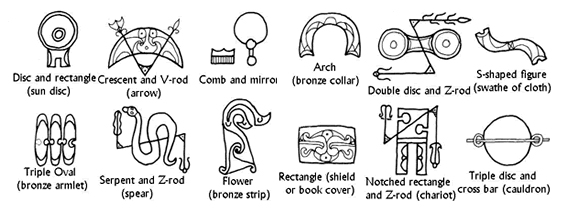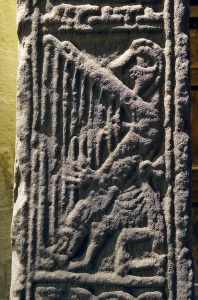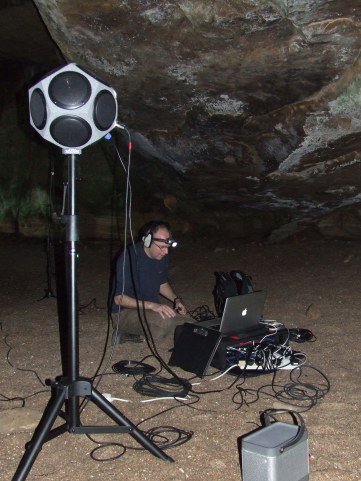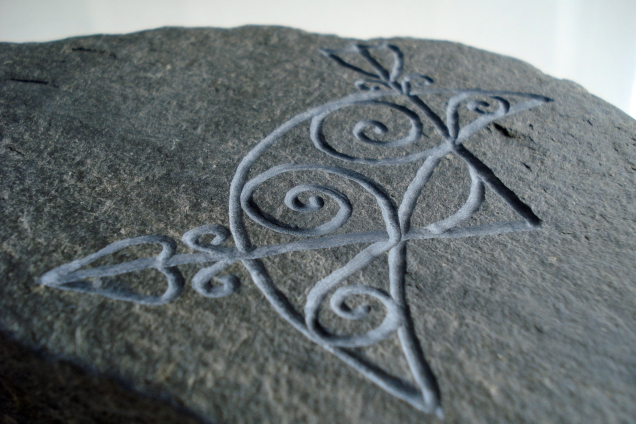
The SOUNDS OF PREHISTORY AND ANTIQUITY, is the FOURTEENTH CONFERENCE OF THE RESEARCH CENTER FOR MUSIC ICONOGRAPHY.
It will explore approaches to the relationships between sound in antiquity and iconography.
It will be held in New York City, 24 May 2017, 10am – 6pm
 CONFERENCE VENUE:
CONFERENCE VENUE:
RESEARCH CENTER FOR MUSIC ICONOGRAPHY
THE CITY UNIVERSITY OF NEW YORK, THE GRADUATE CENTER
Martin E. Segal Theatre
The City University of New York The Graduate Center
365 Fifth Avenue, New York
Conference organized and program edited by ZDRAVKO BLAŽEKOVIĆ and RUPERT TILL
Presenters:
Stef CONNER (The University of Huddersfield), Deciphering the World’s Oldest Musical Notation: A Performer’s Perspective
Heidi KÖPP-JUNK (Universität Trier), The Earliest Music in Ancient Egypt (Predynastic and Early Dynastic Period and the Beginning of the Old Kingdom)
FANG Xueyang (The University of Huddersfield), A Study on Research Methodologies Relating to Lithophones
Günay KOCHAN-FLOWER (İstanbul Teknik Üniversitesi), A Brief Look at the Role of Sound in State and Local Cult Festivals in Hittite Anatolia
Leah STUTTARD (The University of Huddersfield), The 15th-Century Harp: Approaches to Documents, Scores and Instrument
Daniel SÁNCHEZ-MUÑOZ (Universidad de Granada), The Sound of Mesopotamian Aerophones through the Sumerian Texts
Jorge BOEHRINGER (The University of Huddersfield), The Cup and Ring Marks on Rombalds Moor as Conceptual Point of Intersection
Rupert TILL (The University of Huddersfield), The Acoustic Ecology of Sculptor’s Cave: Musical Responses to Pictish Iconography in Scotland
5-6pm: There will then be a programme of music afterwards, featuring musical examples from the presentation.
Attendance is free. All welcome.

The study of music from the earliest past draws upon iconography and archaeology, and any attempt to understand the earliest acoustic ecologies requires some level of approximation based on material artefacts. Participants are invited to offer embodied, experiential, phenomenological, creative, practice-based and practice-led research that explores the sonic contexts of prehistory and antiquity. These explorations may consider the examination of sound-producing objects and musical instruments, acoustics of performance spaces, or role of sound in rituals, ceremonies and everyday events. Research is welcomed that uses digital technologies in (re)constructions of ancient soundscapes, and explorations of sonic textures drawing upon iconographic, archaeological and literary sources. Also considered may be performances or other artistic content, whether focused on musical, sonic, performance or visual arts. They should provide information about the source material which has created the basis of the work, but subsequently freely engage with performative explorations.
